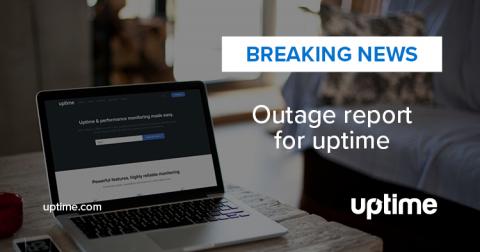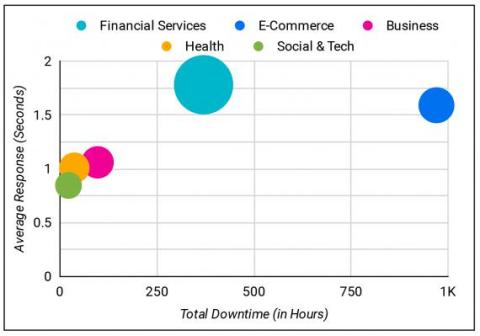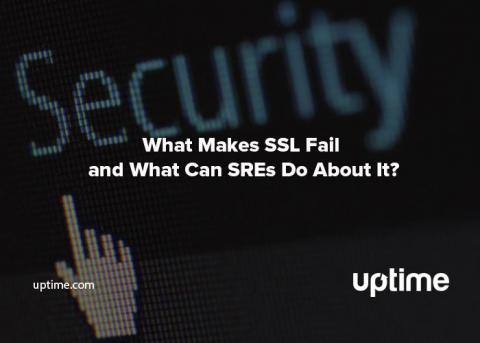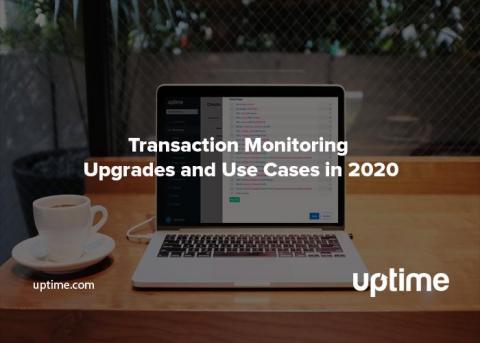What Does 99.9% Uptime Mean?
An old adage about choosing a hosting provider says that everyone promises 99.9% uptime so you need to test uptime of a site for the real picture. Or scour the forums for reviews and judge for yourself how reliable they are. That works too. What that saying is really getting at is the need for some kind of indicator that uptime does not fall below expectations, because you can’t just trust the word of the provider when your business is at stake.









